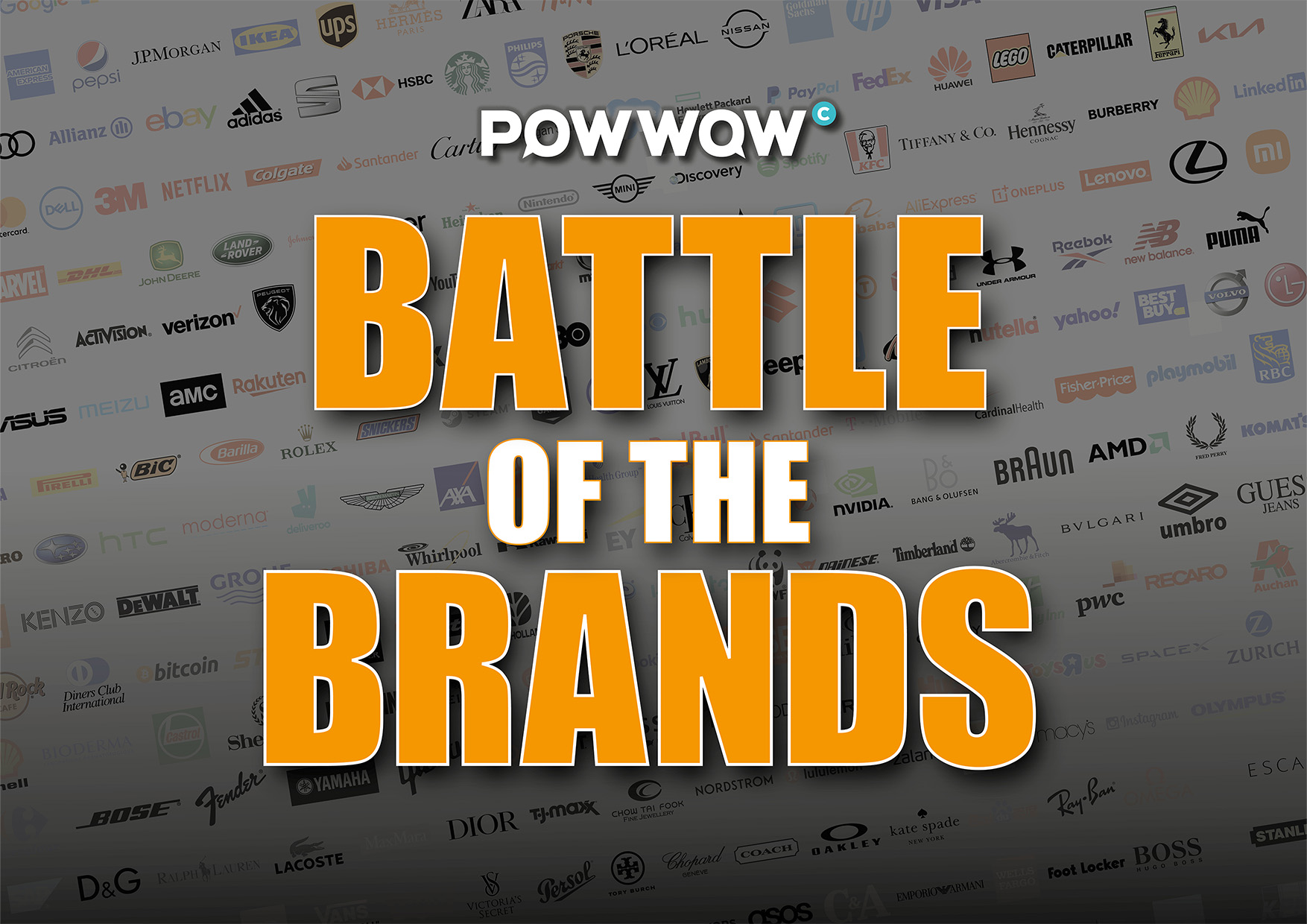Recently, some major brands have dabbled in the often murky waters of their logo and brand development, from WH Smith’s failed site testing a new look in some high streets to Lyons Golden Syrup repackaging, which caused outrage across many a breakfast table. So, what are the pros and cons of treading the boards and risking brand destruction or glory?
Some brands, although subtle, have locked in their heritage within their highly coveted brand for centuries, fighting off me-too attempts aiming to knock them off their perch. Coca-Cola has been going head-to-head with Pepsi and many other me-too brands over the years while maintaining the same logo and distinctive bottle shape since its introduction to the world in 1886. In a recent global rebrand, Carlsberg delved into its 171 years of archives to develop the logo while maintaining a solid nod to its founder’s brand vision, while some are embracing a more future focus and evolving not only the logo but the way their brand is spoken and displayed as in the case of Price Waterhouse Cooper becoming PWC.
When Gap entered its logo changing room too quickly to reveal a new look without the necessary communication development, it hit so much backlash and within 10 days it promptly reverted to the old logo. At the time, Bill Chandler, Gap’s vice president of corporate communications commented “we’ve learned just how much energy there is around our brand, and after much thought, we’ve decided to go back to our iconic blue box logo”. A lesson learned the expensive way rumoured to be around $100 million!.
Whichever way you approach it, sticking to a set of distinctive values associated with your brand image helps retain loyal customers while enticing new customers who are looking for more than just a product but a brand that reflects their own values and aligns with the image they want to project for themselves.
And yet, it’s not always nostalgia that acts as a differentiator. Showing a degree of diversity and inclusion, social and environmental action, and interactive engagement around the brand can be just as effective in drawing a new audience.
The ongoing battle of copycat brands and lookalikes found on shelves like Lidl and Aldi, to name but a few, shows the importance a logo, colour, or overall impact can have in either retaining or tempting customer loyalty, especially when price becomes a factor. A range of popular brands have recently joined up with WWF to support its Worldwithoutnature campaign by temporarily removing all things nature from their logo. With brands such as Brewdog and Dove, animals play a key role in their brand identity so this type of statement and association helps both the WWF in raising campaign awareness while the participating brands get the associated kudos and potential connection with a new set of customers.
Copycat branding is not only heading for the law courts but often A&E. While lookalike packaging can tempt customers towards a more affordable option, it’s often the case that the goods inside come up short of expectations with ingredients that at best are close but more often a mile away from the known brand and often with a range of unknown ingredients. In some cases of alcohol, copycats have been found to have antifreeze and high percentages of methanol. However in the most recent Which survey, one in two shoppers were forced to buy supermarket own-brands based purely on price with food inflation remaining at 6.7 per cent according to analysts Kantar.
Copycat designs are often so close that consumers need help differentiating between own-brand and branded products. In a recent Which survey, a quarter of those surveyed couldn’t tell which was which from the packaging, and once the actual brand name had been removed, that rose to over a third.
Several brands have attempted to register elements of the branding as trademarks. Cadbury lost a legal battle to secure exclusive rights to Pantone 3685c purple in chocolate packaging. However, when Jif Lemon, with their distinctive squeezable plastic lemon, took a rival manufacturer to court who themselves created something similar, they won as the judge ruled it had proved the all-important three-part test – reputation and goodwill, misrepresentation, and damage.
Time for a coffee break? – Most recently, following the conflict in Ukraine, Starbucks closed all its 170 stores in Russia. What came next was ‘Stars Coffee.’ Taking over all the sites and creating a me-too coffee shop experience that, in all but name, was built to make the transition as smooth and similar as possible and a logo that carried a high percentage of key branding elements that in most normal cases would be thrown out by the courts on day one.
From as far back as 1876, when the Bass Brewery’s label incorporating its triangle logo for the ale was the first trademark to be registered under the 1875 Trademark Registration Act, to the most recent Colin the Caterpillar lawsuit between M&S and Aldi, companies recognise the value of their brand and the value it has within its corporate walls.
Conclusion
Your logo and brand can be an extremely powerful tool for business success and must be handled with care as a key asset of your business strategy. Any changes or evolution must be considered from every angle. Developing a strong brand can take considerable time and money, and protecting and managing this asset is now more essential than ever.
Contact us today if you want to learn more or visit powwowcreative.co.uk
About the author
Barry Geleit is a founding director at Powwow Creative, and has been assisting creative branding campaigns and advising clients for 25 years, from FTSE 100 companies to start-ups, in the world of B2B.
